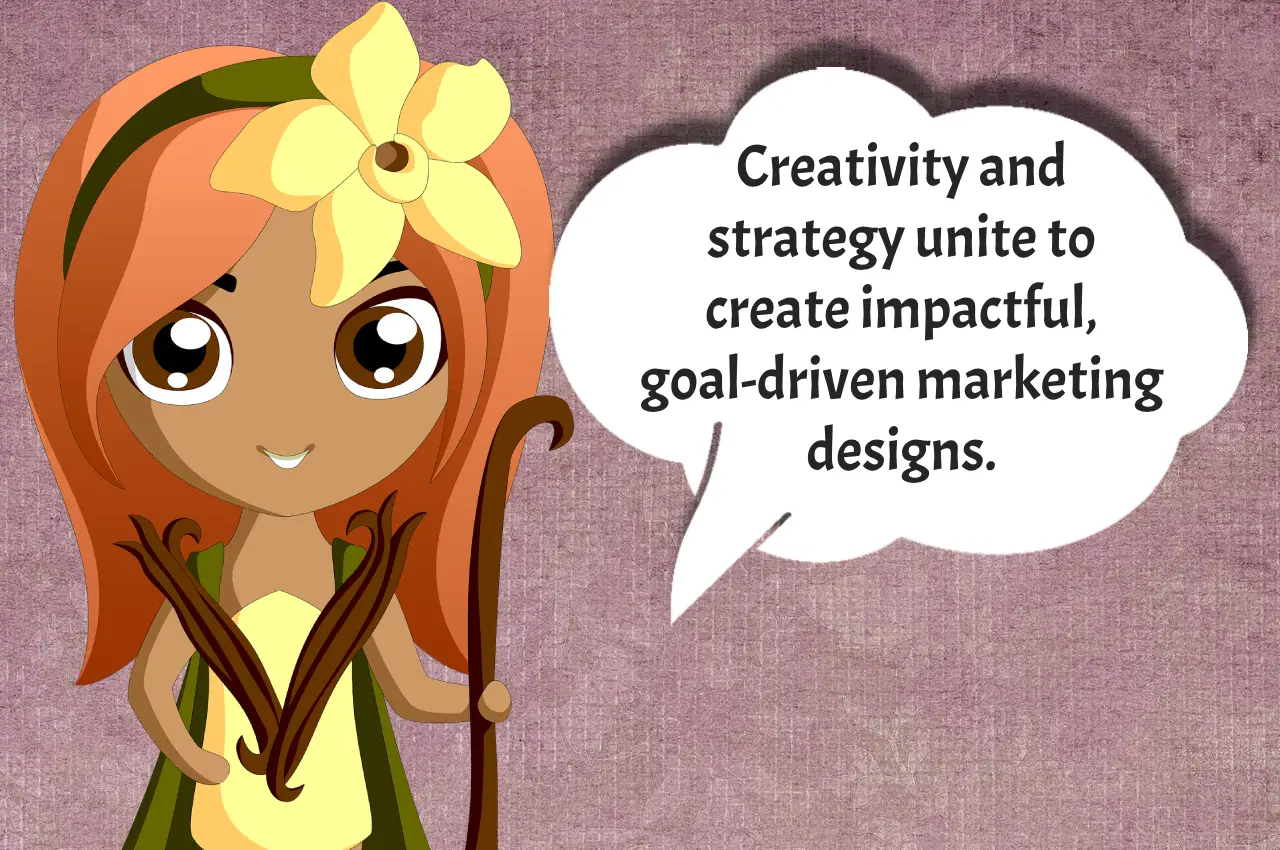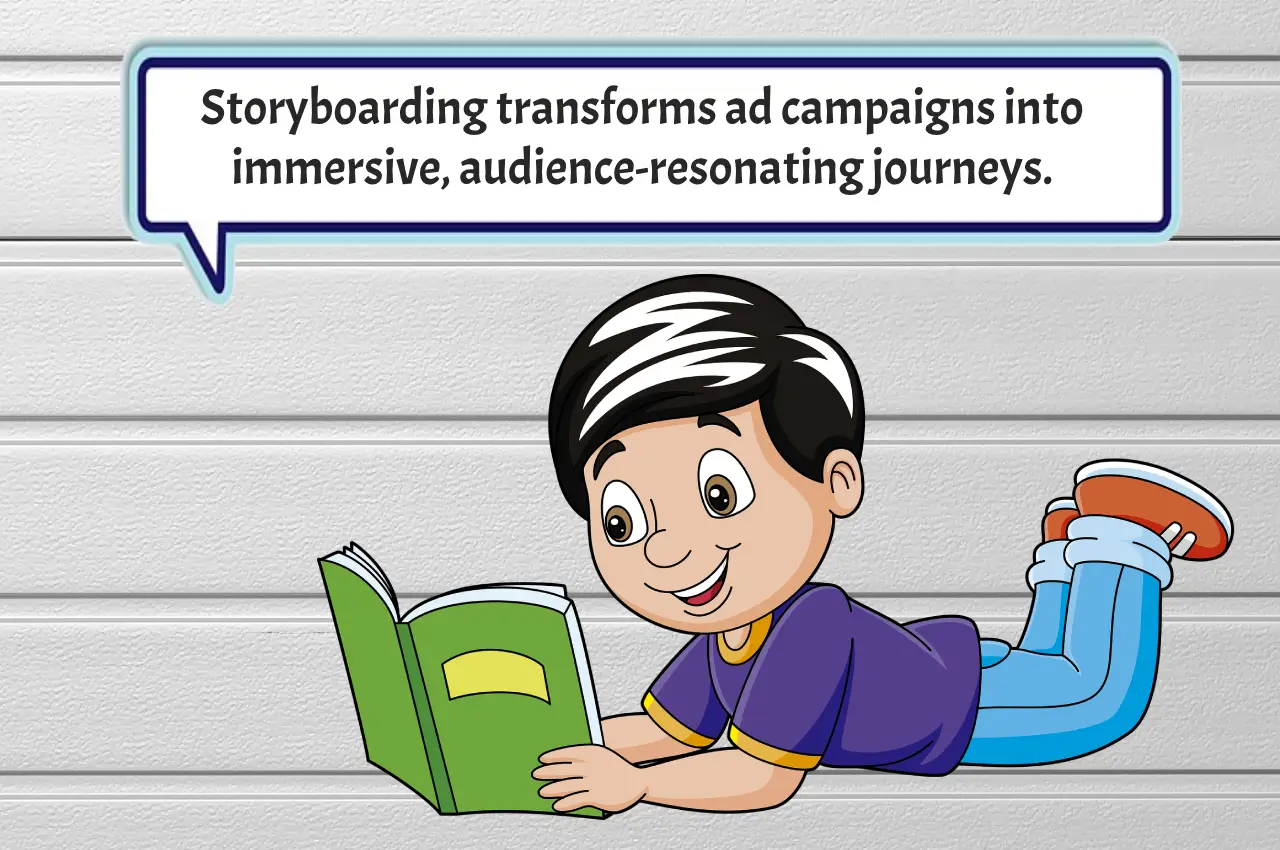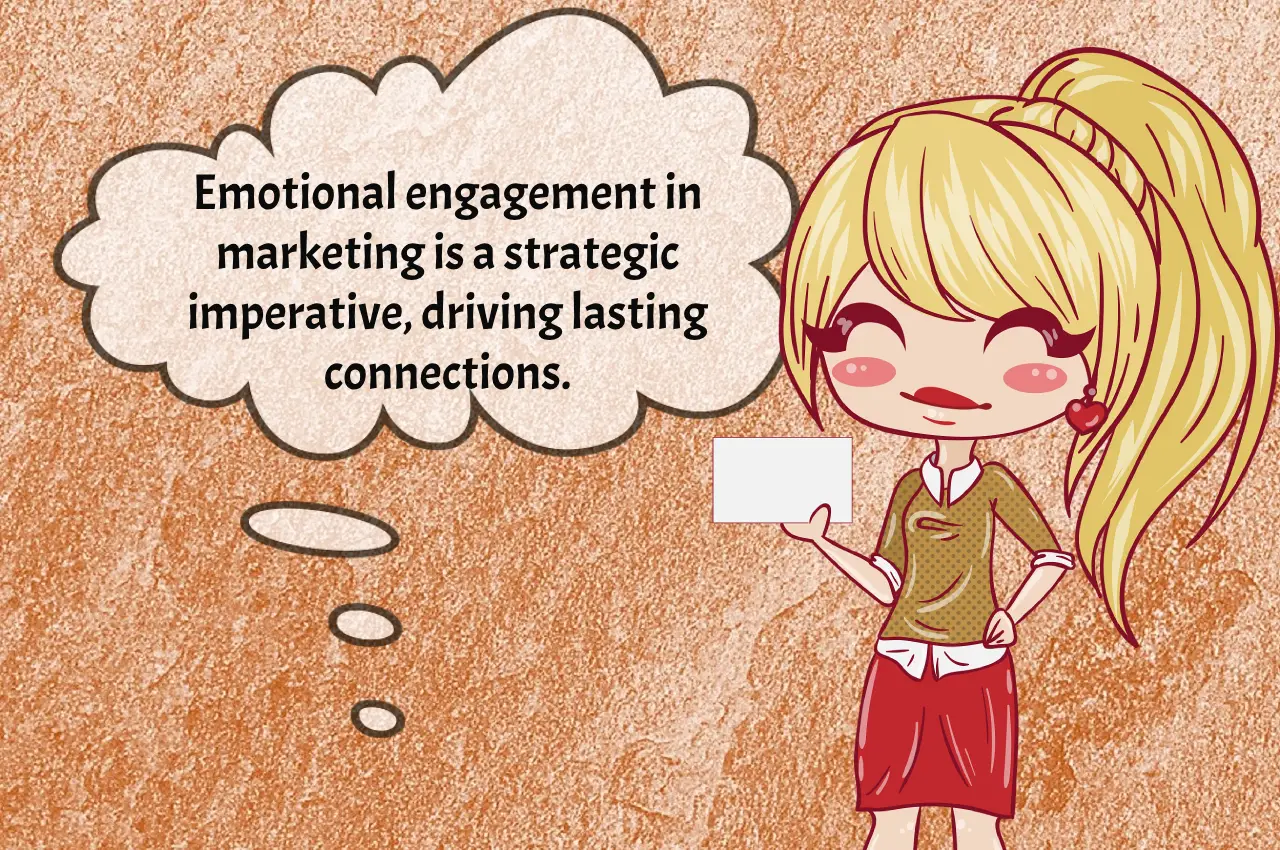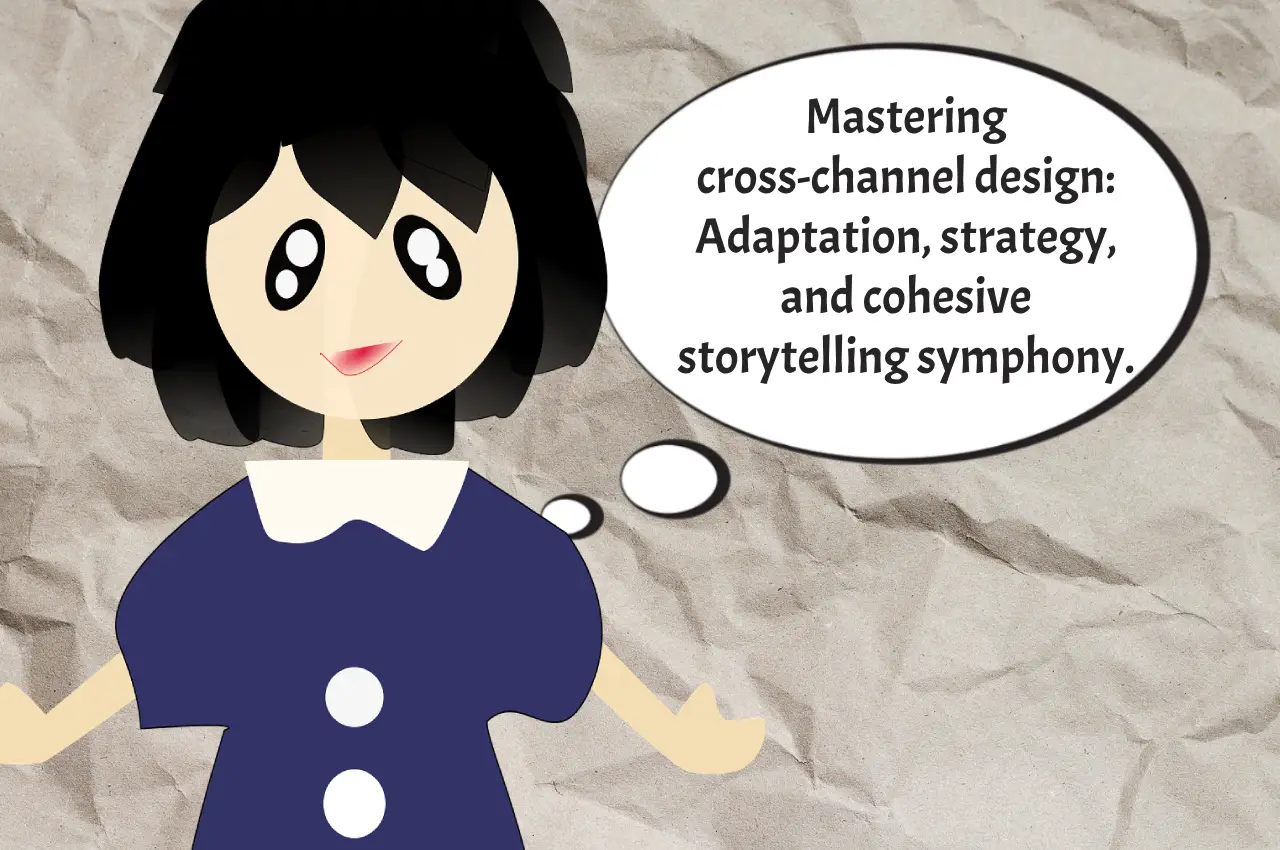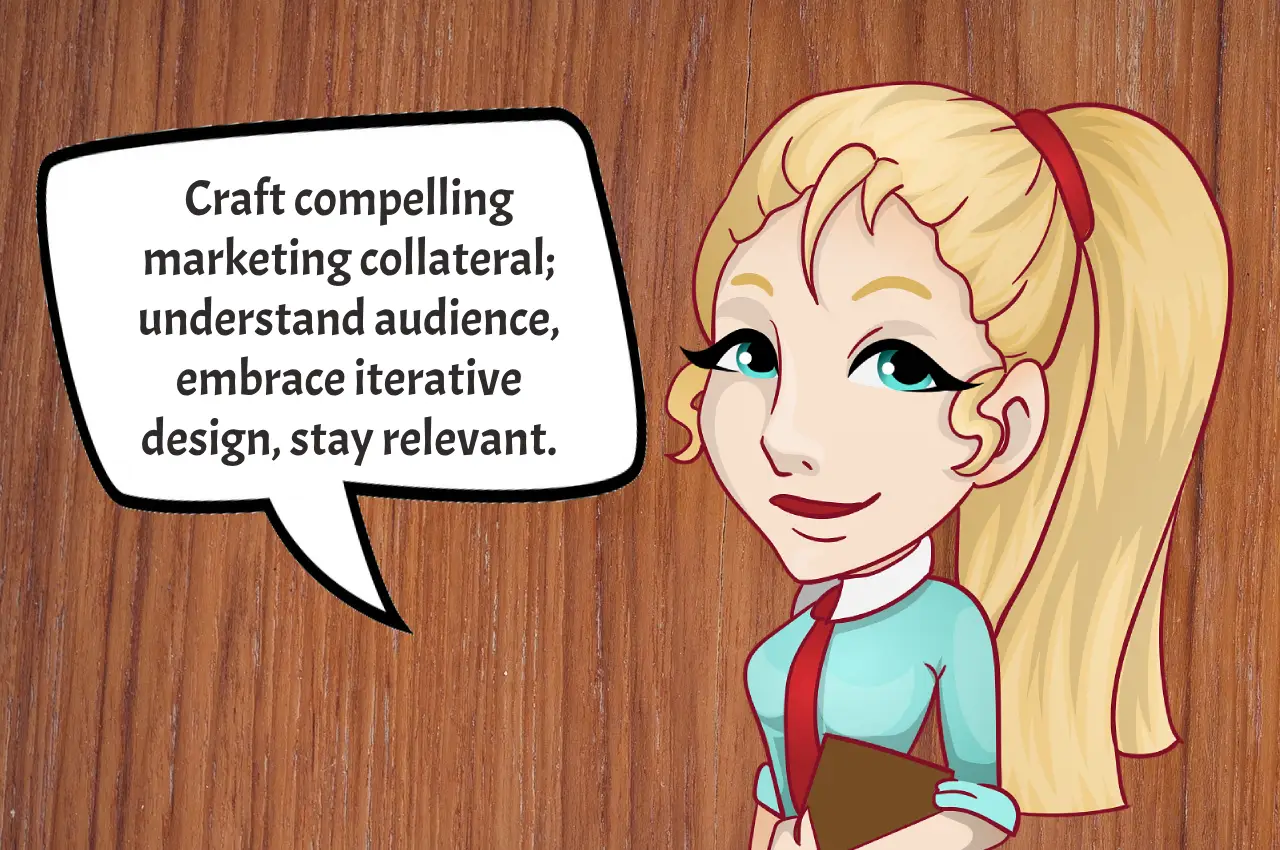Marketing thrives at the intersection of creativity and strategy. This union brings brands to life, connects them with audiences, and drives results. Great marketing design is neither purely imaginative nor purely data-driven. It’s a blend that combines artistic expression with intentional planning to deliver impactful messages.
Let’s explore how creativity and strategy come together to create designs that not only look good but also achieve tangible business goals.
Creativity: The Heartbeat of Marketing Design
Creativity breathes life into campaigns. It’s what makes an ad memorable, a logo iconic, or a website engaging. However, creativity isn’t just about artistic flair; it’s about solving problems in innovative ways.
Take Coca-Cola’s “Share a Coke” campaign, for example. The idea of personalizing bottles with people’s names was a simple yet creative way to build a personal connection with consumers. It wasn’t just visually appealing; it tapped into the emotional need for personalization and belonging.
Creativity also helps brands stand out in a crowded marketplace. With thousands of advertisements bombarding audiences daily, only unique, thoughtful designs capture attention.
Strategy: The Backbone of Effective Marketing Design
While creativity is essential, it needs direction. Strategy ensures that creative efforts align with business goals, target the right audience, and communicate the right message.
For instance, let’s say a company launches a campaign targeting eco-conscious millennials. A strategic approach involves understanding this audience’s values, identifying the best platforms to reach them, and crafting a message that resonates.
Think of Airbnb’s strategy of showcasing real-life hosts and guests in its campaigns. The visuals are creative, but the underlying strategy—to build trust and highlight community—ensures the message connects with its audience.
Why Creativity and Strategy Need Each Other
Creativity without strategy can feel aimless, while strategy without creativity can feel lifeless. When these elements work together, they create magic.
A strong strategy provides the foundation for creative ideas to thrive. It offers clarity on goals, audience insights, and key messages, allowing designers to channel their creativity effectively.
On the other hand, creativity enhances strategy by adding personality, emotion, and uniqueness. A well-designed ad can make a strategic message unforgettable.
Imagine a digital campaign for a fitness brand. Without creativity, the campaign might be a dull list of features. Without strategy, it could be a stunning design that misses the mark. But when creativity and strategy unite, the result could be an engaging video that highlights the benefits of the product while inspiring viewers to take action.
Nike’s “Just Do It”
Nike’s “Just Do It” campaign is a masterclass in blending creativity and strategy. The slogan is simple, but it encapsulates a powerful message. The creative visuals, often featuring athletes pushing their limits, align perfectly with Nike’s strategic goal of motivating individuals to embrace an active lifestyle.
The strategy behind the campaign involved understanding their target audience’s aspirations and challenges. Creativity transformed this understanding into a slogan and visuals that inspire millions worldwide.
How to Marry Creativity and Strategy in Your Marketing Design
Start with Clear Goals
Define what you want to achieve. Is it brand awareness, lead generation, or sales? Clear goals guide both creative and strategic efforts.
Understand Your Audience
Dive deep into your audience’s preferences, pain points, and behavior. For example, if your audience loves short-form videos, prioritize platforms like Instagram and TikTok.
Build a Strong Brand Identity
A consistent brand identity creates trust and recognition. Use strategy to define your brand’s voice and creativity to express it visually.
Leverage Data
Analyze performance metrics to inform your designs. For instance, if A/B testing reveals that bright colors perform better, incorporate them into your visuals.
Collaborate Across Teams
Bring designers, strategists, and marketers together. A collaborative approach ensures that creative ideas align with strategic objectives.
Common Challenges and How to Overcome Them
Challenge 1: Balancing Creativity with Practicality
It’s tempting to focus solely on aesthetics, but practicality matters too. Ensure your designs are not only visually appealing but also functional and aligned with your goals.
Challenge 2: Avoiding Over-Analysis
While strategy relies on data, over-analyzing can stifle creativity. Strike a balance by setting parameters but allowing room for experimentation.
Challenge 3: Keeping Up with Trends
Trends change quickly, but blindly following them can dilute your brand. Use trends strategically, ensuring they align with your identity.
The Role of Technology in Marketing Design
Technology bridges the gap between creativity and strategy. Tools like Canva and Adobe Creative Suite empower designers to create stunning visuals, while platforms like Google Analytics and Hotjar provide valuable insights into performance.
For example, consider dynamic ads on Facebook. Creativity lies in crafting engaging visuals, while strategy involves targeting the right audience based on data. Together, they create ads that convert.
Final Thoughts
The marriage of creativity and strategy in marketing design is essential for success. It’s not an either-or choice but a partnership where each element enhances the other.
As you plan your next campaign, remember to focus on your audience, set clear goals, and let creativity shine within a strategic framework.
What do you think is the perfect balance between creativity and strategy? Share your thoughts or experiences in the comments below! Your insights might inspire someone else.

